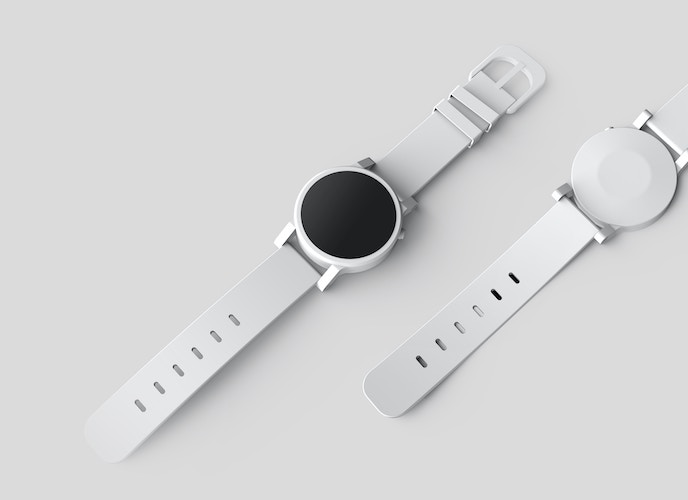Outcomes All The Way

There is a problem in product management. Most teams that do product design and development do it with output-based thinking. When we build products, we often think in terms of outputs. For example, when we create a credit card as a product, the output is a credit card. Building a car has an output of a vehicle. The act of making a chair has a production of a chair.
Output thinking is a natural process for out. We do something, and we expect a result. And this is how we often build our products, with the result in mind.
This design method works well for products that someone has already designed and figured out the process for creating them. These are the products we know how to build already. For example, if I am making a new chair, I know what the output of that would be a new chair.
In the world of unknown products, something that we don’t have a prior use for, the output is a somewhat limiting method for product design. But, on the other hand, the outcome is a better way of thinking about it.
What is the outcome anyway?
The outcome is a benefit you experience from performing an action or using a product. So an outcome of building a chair would be you being able to sit on that chair. An outcome of building a car would be you being able to drive that car. And the outcome of getting a credit card would be you being able to buy something in a store without cash.
Using outcomes as a product design method helps you understand how to build your product. The outcome enables you to envision what the product should do and how it should behave and look.
Besides the apparent outcomes, other types of outcomes can be relevant when designing your product. These types of outcomes provide you with more insight into the future usage of the product. One can use this insight to create better, more valuable products for your users.
Let’s continue with our example of building a car. The first outcome is using the vehicle from point A to point B. When Karl Benz, the creator of Mercedes Benz, made his first car, this was the outcome he had in mind. But, unfortunately, those first cars were crude and difficult to operate.
Somewhere down the line, Thomas B. Jeffery envisioned a different outcome for building a car. He wanted the car to be easier to handle on the road. This outcome resulted in a standardized steering wheel that made cars safer on the road. This outcome spoke about the experience of riding the vehicle. The experience drove the design of the car and the new steering wheel.
Later, car manufacturers developed their outcomes while designing new cars. For example, Rolls-Royce wanted its customers to feel special and gather attention as they drove the car. The outcome spoke of the need for self-expression. Rolls-Royce satisfied this need by building luxury cars that signified status and wealth. When one purchased a Rolls-Royce, one wanted everyone to know about one’s wealth and high social status.
Starting in the early days of car manufacturing and continuing to the present, another group of manufacturers committed to a more personal outcome when building their cars. They wanted to build cars that made people fulfill their desire to be the best and win. These outcomes spoke to people’s values and life goals. For example, someone who wanted to become the best racing car driver would look for cars that fulfilled that outcome.
We could take the same process and describe how chairs came from being something to sit on to something that is an integral part of your work life. Likewise, credit cards came from being a different form of a chequebook to providing you rewards for using them for everyday purchases.
Outcomes shape how we think about designing and building products. Defining the right outcome influences how the final product looks and behaves and how users perceive it.
